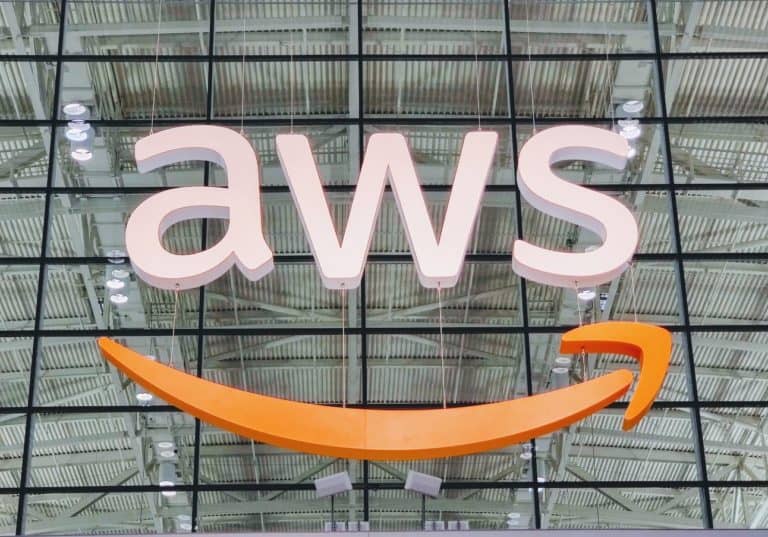Microsoft’s cloud desktop plans are in the crosshairs after Amazon Web Services added browser access to its WorkSpaces desktop-as-a-service offering. Browser access will only work for WorkSpaces running Windows.
Linux users have been left out in the cold and AWS has not said when or if the OS will be invited to play.
The service leverages Amazon’s WorkSpaces Streaming Protocol (WSP), which does not allow the use of graphics-intensive instance types. AWS customers that run WorkSpaces from the Asia Pacific (Mumbai) and GovCloud (US-West) Regions, need not apply.
What about everyone else?
For everyone else, the service implies that browsers are now approved clients for AWS WorkSpaces. However, it might not be as smooth as you think. WorkSpaces configured to stream over the PCoIP protocol will work in Firefox and Chrome.
WSP WorkSpaces can use any Chromium-based browser.
The rationale for this new offering, as AWS explains it, is that it will allow users to remain productive when connecting from computers where a web browser experience may be optimal, giving personal-owned or locked-down devices where installation and maintenance of a client application can be tricky or impossible.
What it entails
The service requires a bit of technical know-how to bring to life on your machine. First, users will need to enable web access for their workspaces, tinker with some network settings and then reboot the virtual PC.
AWS’s addition of browser access comes after Microsoft announced that it is working on cloud PCs, under the Windows 365 banner. The software giant plans to include web access too.
Microsoft calls Windows 365 as SaaS, which is not the same as its PaaS approach for its Azure virtual desktop. AWS WorkSpaces are in PaaS, so adding web access doesn’t really make the service too much of a direct challenge to Windows 365.
